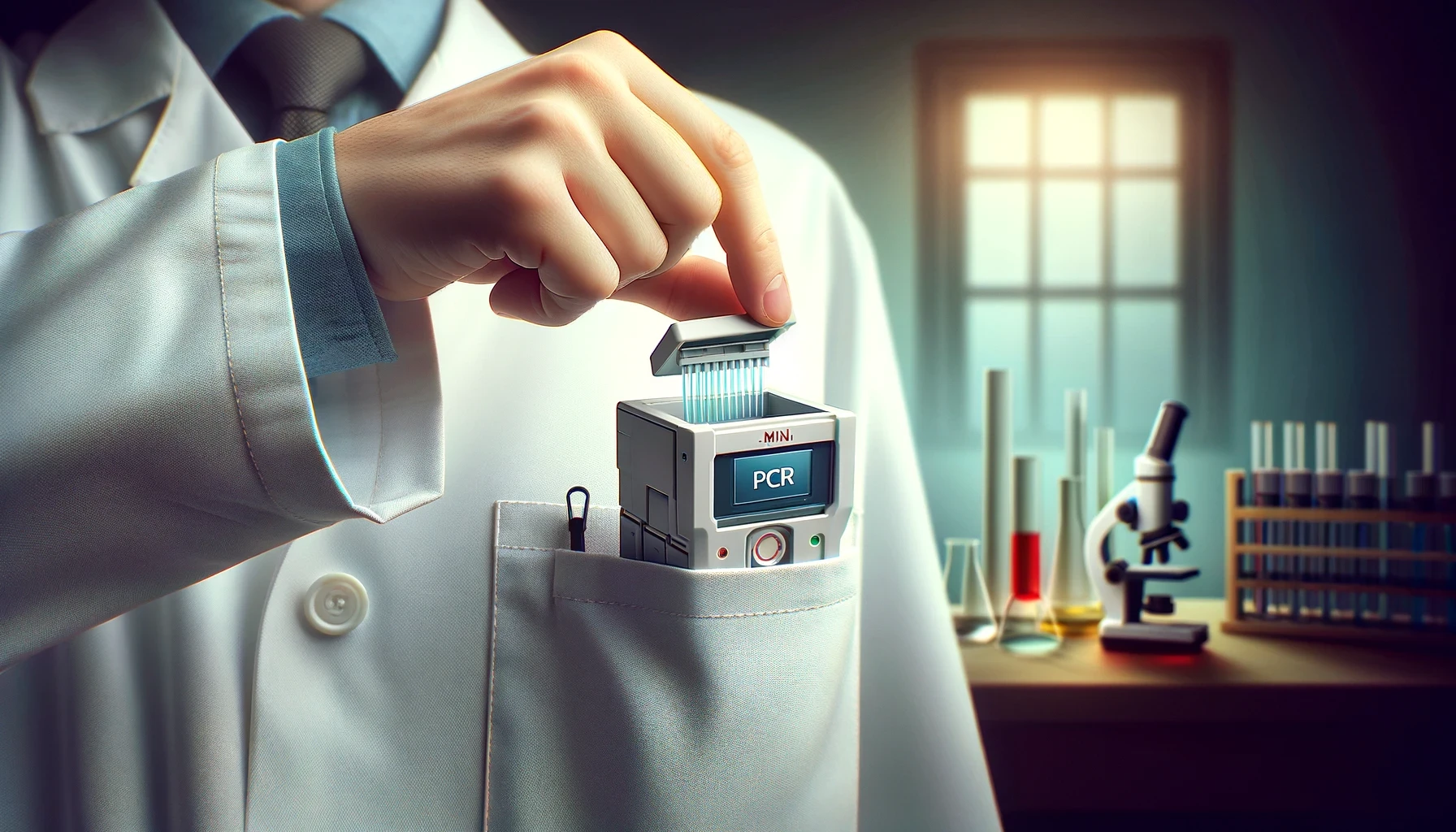Pocket-Sized Test Strips Achieve PCR Precision
UNSW's breakthrough test strips deliver PCR-level precision in a fast, convenient, and affordable format
Mar 5, 2024
At the onset of the COVID-19 pandemic, the appearance of symptoms marked the beginning of a lengthy, anxiety-ridden period. Patients were not only subject to lengthy waits in queues for lab-based PCR tests but then had to endure a two-day waiting period for results to ascertain their COVID-19 status. Aside from the considerable inconvenience, the reliance on lab-based tests incurred significant logistical and financial burdens, exacerbating the risk of disease transmission due to testing delays.
However, a team of biomedical engineers at UNSW Sydney has pioneered a groundbreaking technology: test strips offering swift, on-the-spot disease detection, matching the accuracy of lab-based PCR tests. Published in Nature Communications, this innovation promises not only to revolutionize public health but also holds potential benefits across various sectors.
According to senior researcher Professor Ewa Goldys from UNSW’s Graduate School of Biomedical Engineering, this new technology equates to having "PCR in your pocket," opening avenues for biomedical and environmental diagnostics across industries such as food, agriculture, and biosafety management.
“Not only can we easily detect specific gene sequences in a sample, but, unlike PCR, we can do it at room temperature using a test strip that looks exactly like a well-known RAT Covid test – you already know what to do with it,” Professor Goldys explains. “So, no more queuing for that PCR test in the future. Also, the cost is very low – currently less than a few dollars per test.”
Dr. Fei Deng, a study author, highlights the versatility of the new test strips in responding promptly to emerging pathogens like mosquito-borne illnesses or antibiotic resistance hotspots and aiding in biodiversity conservation efforts.
“This could transform human and animal infection control as well as quarantine and bio-diversity conservation efforts,” Dr. Deng asserts. “We think we created a new benchmark in biosensing – our gene-based tests will be able to be performed anywhere, anytime, by virtually anyone.”
The mechanics behind the technology involve the creation of minuscule DNA nano-circles containing target DNA sequences, like those of the COVID virus, each circle measuring a mere 2 nanometers in size. These nano-circles, along with the sample being tested, are combined with CRISPR/Cas proteins that have been programmed by the team to selectively cut the DNA of the nano-circles only when activated by DNA from the targeted pathogen.
“The interaction of a suitably programmed CRISPR/Cas protein with the gene target we are trying to detect causes the DNA nano-circles to break up, linearise and become ‘fake targets’,” Dr. Li explains. “We unleash a huge cascade of fake targets which is easy to detect with the testing strips, even if only a few molecules of the original gene target are present. “
The efficacy of this method was demonstrated in samples of the COVID-19 virus and helicobacter bacteria responsible for stomach ulcers.
Professor Goldys notes the overwhelmingly positive response from the industry to the team's innovation, with grand plans already underway. “The industrial and clinical rollout of our technology to the Australian industry has already begun, with the intention to keep the manufacturing onshore. We will be building on the emerging industrial infrastructure for the RNA vaccine production,” Goldys stated
Applications extend beyond public health, encompassing biosecurity and environmental science. Testing strips could detect potential invasive species, or even threatened species, from environmental DNA samples. Tests could even be used to detect cancer cells. “In our published study, we were also able to detect cancer mutations in patients’ samples in a clinical setting,” Professor Goldys reveals. “We hope this will open a path towards universal monitoring of patients undergoing cancer therapies.”


















